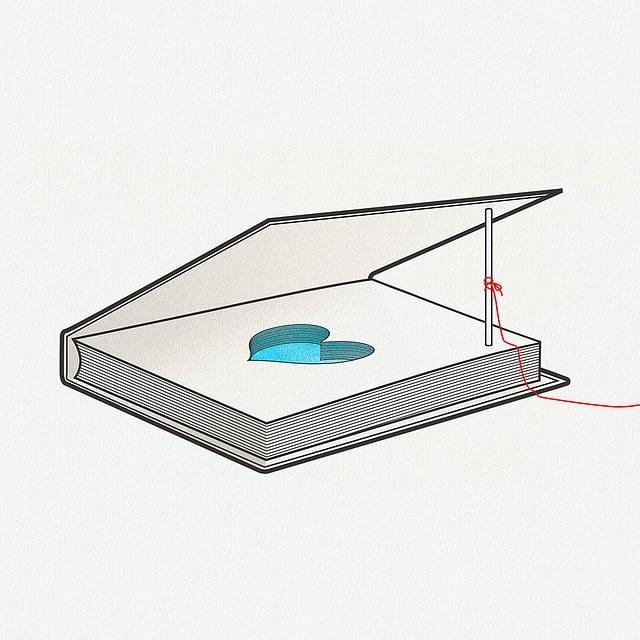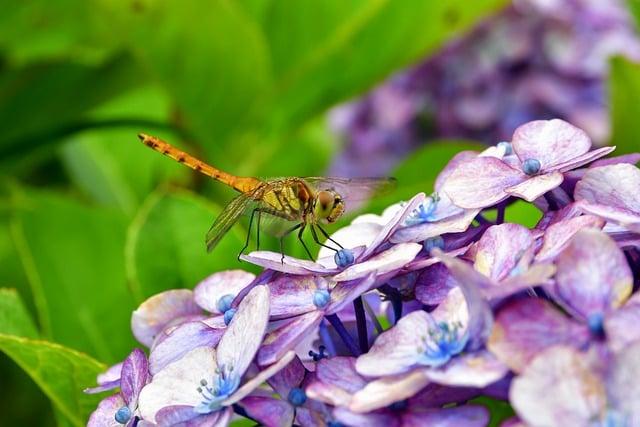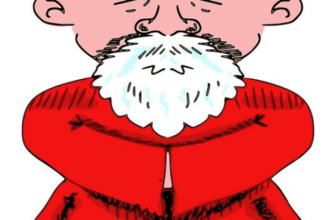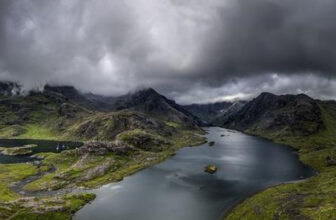Mastering Tele Photography: Essential Tips for Capturing Stunning Images
GoogleAds

In today’s digital age, tele photography has become an increasingly popular technique for capturing stunning images from a distance. Whether you’re a professional photographer or a hobbyist looking to up your game, mastering tele photography can open up a whole new world of possibilities. In this article, we’ll explore essential tips and techniques to help you enhance your tele photography skills and take your images to the next level.
Introduction
Tele photography, also known as telephoto photography, is a technique that involves using a telephoto lens to capture distant subjects. This type of photography is perfect for capturing wildlife, sports events, and even landscapes from afar. With the right equipment and skills, you can capture stunning images that will leave viewers in awe.
One essential tip for mastering tele photography is to invest in a high-quality telephoto lens. A good telephoto lens will allow you to zoom in on subjects from a distance without sacrificing image quality. Look for lenses with a focal length of at least 200mm for optimal results. Additionally, consider purchasing a tripod to ensure stability and sharpness in your shots.
Another important aspect of tele photography is understanding and mastering composition. When shooting with a telephoto lens, it’s crucial to pay attention to the framing and positioning of your subjects. Experiment with different angles and perspectives to create visually appealing images. Remember to also consider the rule of thirds and leading lines to enhance the overall composition of your photographs.
Lighting plays a crucial role in tele photography. Since telephoto lenses have a narrower depth of field, it’s imperative to pay attention to the lighting conditions. Optimal lighting can make a significant difference in the quality of your images. Consider shooting during the golden hours, early morning, or late afternoon when the light is soft and flattering.
Lastly, practice makes perfect when it comes to mastering tele photography. Take the time to experiment with your equipment and techniques. Don’t be afraid to shoot in different environments and conditions to hone your skills. With dedication and persistence, you’ll be able to capture stunning images that showcase the beauty of tele photography.
Understanding Telephoto Lenses
Telephoto Lenses: The Key to Capturing Distant Beauty
When it comes to tele photography, understanding how to make the most of your telephoto lens is crucial in capturing stunning images. These specialized lenses are designed to bring faraway subjects closer, allowing you to capture details that would otherwise be difficult to see with the naked eye. To truly master tele photography, here are some essential tips to keep in mind:
Choose the Right Focal Length
Telephoto lenses come in a variety of focal lengths, ranging from 70mm to 600mm or more. The focal length you choose will depend on the distance of your subject and the level of detail you want to capture. A general rule of thumb is to use longer focal lengths for more distant subjects and shorter focal lengths for closer subjects.
Use a Tripod for Stability
Due to their long focal lengths, telephoto lenses can be prone to camera shake, resulting in blurry images. To combat this, it’s essential to use a sturdy tripod to keep your camera steady. This will ensure that your images are sharp and free from motion blur, especially when shooting in low light conditions.
Experiment with Composition
Telephoto lenses are great for isolating subjects from their surroundings and creating stunning bokeh effects. Experiment with different compositions, such as using leading lines or framing your subject within the frame to create visually interesting images. Don’t be afraid to get creative and try new angles to capture unique shots.
Adjust Your Settings for Optimal Results
When shooting with a telephoto lens, it’s important to adjust your camera settings to achieve the best results. Consider using a higher shutter speed to reduce the risk of camera shake, and open up your aperture for a shallower depth of field. By tweaking your settings, you can enhance the visual impact of your telephoto images.
Practice Makes Perfect
Like any form of photography, mastering tele photography takes practice and patience. Take the time to familiarize yourself with your telephoto lens and experiment with different techniques. By honing your skills and pushing the boundaries of your creativity, you’ll be able to capture stunning images that truly stand out.
Utilizing Proper Camera Settings
When it comes to mastering tele photography, one of the most essential aspects is . This can make a significant difference in the quality of your images, ensuring that you capture stunning moments with clarity and precision.
One key setting to pay attention to is the aperture. A wide aperture (lower f-stop number) can create a shallow depth of field, perfect for isolating your subject and creating a beautiful blurred background. On the other hand, a smaller aperture (higher f-stop number) can keep more of the scene in focus, ideal for landscapes or group shots.
Another important setting is the shutter speed. A faster shutter speed is necessary for capturing fast-moving subjects without motion blur, while a slower shutter speed can create striking effects such as light trails or silky waterfalls. Experiment with different shutter speeds to find the right balance for your desired shot.
Don’t forget about ISO, which determines the camera’s sensitivity to light. A lower ISO is ideal for bright conditions to maintain image quality, while a higher ISO can help in low light situations but may introduce noise. Strike a balance between ISO, aperture, and shutter speed to achieve well-exposed images.
In addition to these settings, be mindful of white balance for accurate color reproduction, focus mode for sharp images, and shooting mode (such as manual, aperture priority, or shutter priority) for creative control. By mastering these camera settings and understanding how they interact, you can elevate your tele photography skills and capture truly stunning images.

Controlling Camera Shake
Camera shake can ruin an otherwise perfect shot, especially when working with a telephoto lens. To avoid this common issue, there are several techniques you can use to stabilize your camera and capture crystal-clear images.
Use a Tripod
One of the most effective ways to eliminate camera shake is by using a sturdy tripod. This will provide a stable base for your camera, allowing you to take sharp photos even at slower shutter speeds.
Optical Image Stabilization
If your camera or lens has optical image stabilization, be sure to activate it. This feature helps compensate for small movements and vibrations, resulting in sharper images even when shooting handheld.
Proper Handholding Technique
When shooting without a tripod, it’s essential to use proper handholding technique to minimize camera shake. Hold your camera with both hands, tuck your elbows in, and gently press the shutter button to avoid any sudden movements.
Remote Shutter Release
For long exposure shots or when using a tripod, consider using a remote shutter release or the camera’s self-timer function. This will help eliminate any shake caused by pressing the shutter button manually.

Choosing the Right Subjects
When it comes to mastering tele photography, one of the most crucial aspects is to capture in your images. The subjects you choose can make or break your photograph, so it’s important to select them carefully.
One tip for is to consider the lighting. Lighting plays a significant role in photography, and different subjects may look better in different lighting conditions. For example, landscapes often look best in the soft, warm light of the golden hour, while portraits may benefit from a well-lit indoor setting.
Another essential factor to consider when choosing subjects for your tele photography is the composition of the image. Think about how you want the subject to be framed within the shot and pay attention to the background and any surrounding elements that could distract from the main subject.
Additionally, it’s essential to choose subjects that inspire you and evoke emotion. Whether it’s a breathtaking landscape, a candid portrait, or a unique architectural detail, capturing subjects that speak to you personally will often result in more compelling and engaging photographs.
In conclusion, for your tele photography is a critical step in capturing stunning images. By considering factors such as lighting, composition, and emotional impact, you can ensure that your photographs are visually striking and emotionally resonant. So, next time you’re out with your camera, take the time to carefully select subjects that will help you create truly memorable photographs.

Composition Techniques for Tele Photography
When it comes to mastering tele photography, composition is key in capturing stunning images. Utilizing the right techniques can make a world of difference in the quality of your photographs. Here are some essential tips to help you improve your tele photography composition:
1. Rule of Thirds
One of the most basic yet effective composition techniques is the rule of thirds. Divide your frame into thirds both vertically and horizontally, and place your main subject along the lines or at the points where they intersect. This creates a more balanced and visually pleasing image.
2. Leading Lines
Leading lines are a powerful compositional element that can guide the viewer’s eye through the image. Look for natural or man-made lines such as roads, fences, or bridges, and use them to lead the viewer to your main subject. This adds depth and visual interest to your photographs.
3. Framing
Using natural frames such as doorways, windows, or tree branches can help draw attention to your subject and create a sense of depth in your images. Experiment with different framing elements to add visual appeal to your tele photographs.
4. Negative Space
Don’t be afraid of negative space. Leaving empty space in your composition can help emphasize your main subject and create a sense of balance in the image. Use negative space strategically to draw attention to the focal point of your photograph.
5. Perspective
Get creative with your perspective by changing your vantage point. Experiment with different angles and heights to find the most interesting and dynamic composition for your tele photographs. Don’t be afraid to get low to the ground or shoot from above to add a unique perspective to your images.

Optimizing Light and Exposure
When it comes to mastering tele photography, one of the most essential aspects to focus on is . Properly manipulating these elements can make a huge difference in the quality of your images, allowing you to capture stunning photos that truly stand out.
1. Understand your camera settings: Before you start shooting, take the time to familiarize yourself with the manual settings on your camera. Adjusting the aperture, shutter speed, and ISO can help you control the amount of light entering your lens and ensure optimal exposure for your photos.
2. Utilize natural light: When shooting outdoors, take advantage of natural light to enhance your photos. Early morning and late afternoon are ideal times for capturing warm, soft light that can add depth and dimension to your images. Avoid shooting in harsh midday sunlight, as it can create harsh shadows and washed out colors.
3. Experiment with different angles: Don’t be afraid to move around and experiment with different angles to find the best lighting for your subject. Shooting from below can create dramatic backlighting effects, while shooting from above can highlight textures and details in your subject.
| Tip: | Try using a reflector to bounce light onto your subject and fill in shadows for a more balanced exposure. |
4. Use exposure compensation: If you find that your images are consistently overexposed or underexposed, try using exposure compensation to manually adjust the exposure level. This can help you achieve the perfect balance of light and shadow in your photos.
5. Don’t be afraid to post-process: While it’s important to get the exposure right in-camera, don’t be afraid to make some adjustments in post-processing. Editing software like Lightroom or Photoshop can help you fine-tune the exposure, contrast, and colors in your images to achieve the desired look.
Post-Processing for Telephoto Images
After capturing stunning telephoto images, the next step is post-processing to enhance and refine your photos further. Utilizing post-processing tools can help bring out the full potential of your telephoto images, making them stand out even more.
When working with telephoto images, it’s important to pay attention to details such as sharpness, contrast, and color accuracy. Adjusting these aspects can greatly impact the overall quality of your photos. Utilize tools like sharpening filters, contrast adjustments, and color correction to fine-tune your images.
One essential tip for post-processing telephoto images is to pay attention to noise reduction. Telephoto lenses can sometimes produce noisy images, especially in low-light situations. Utilize noise reduction tools to clean up any unwanted noise and ensure your images are clean and crisp.
Another important aspect to consider in post-processing telephoto images is cropping. Telephoto lenses allow you to capture distant subjects, but sometimes you may want to crop your images to focus on specific details. Use cropping tools to compose your image and highlight the key elements.
Overall, mastering takes practice and experimentation. Don’t be afraid to try different techniques and settings to see what works best for your images. Remember, post-processing is a powerful tool that can help elevate your telephoto photography to the next level.
Q&A
Q: What is tele photography?
A: Tele photography is a type of photography that involves using telephoto lenses to capture distant subjects more clearly and in greater detail.
Q: What are some essential tips for mastering tele photography?
A: Some essential tips for mastering tele photography include using a stable tripod, adjusting your camera settings for optimal zoom and focus, and experimenting with different angles and perspectives.
Q: How can tele photography enhance the quality of your images?
A: Tele photography can enhance the quality of your images by allowing you to capture far-off subjects with greater clarity and detail, giving your photos a professional and polished look.
Q: What are some common mistakes to avoid in tele photography?
A: Some common mistakes to avoid in tele photography include using an unstable tripod, overcompensating for low light by increasing ISO too much, and neglecting to experiment with different focal lengths.
Q: How can tele photography be used in different genres of photography?
A: Tele photography can be used in a variety of genres, such as wildlife photography, sports photography, and landscape photography, to capture distant subjects with precision and clarity.
To Conclude
In conclusion, mastering tele photography requires a combination of technical expertise, patience, and a keen eye for composition. By following the essential tips outlined in this article, you will be well on your way to capturing breathtaking images with your telephoto lens. Remember to practice, experiment, and never stop learning to continually improve your photography skills. So next time you head out with your telephoto lens, keep these tips in mind and watch as your images transform into stunning works of art. Happy shooting!
GoogleAds







